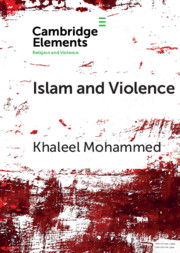Element contents
Islam and Violence
Published online by Cambridge University Press: 20 December 2018
Summary
Keywords
- Type
- Element
- Information
- Online ISBN: 9781108610407Publisher: Cambridge University PressPrint publication: 20 December 2018
References
Works Cited
- 17
- Cited by



